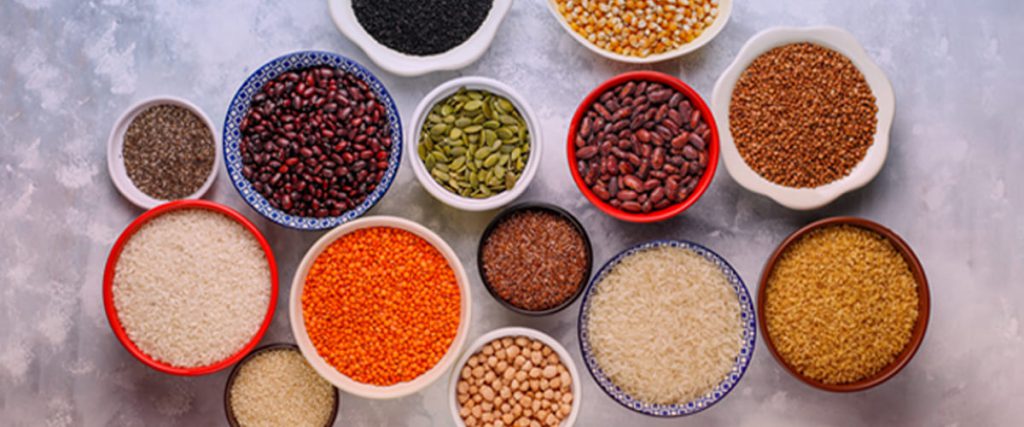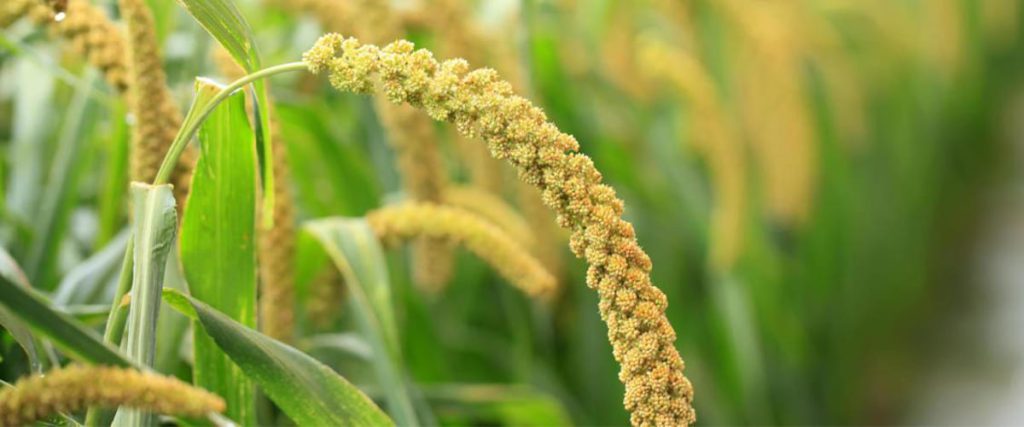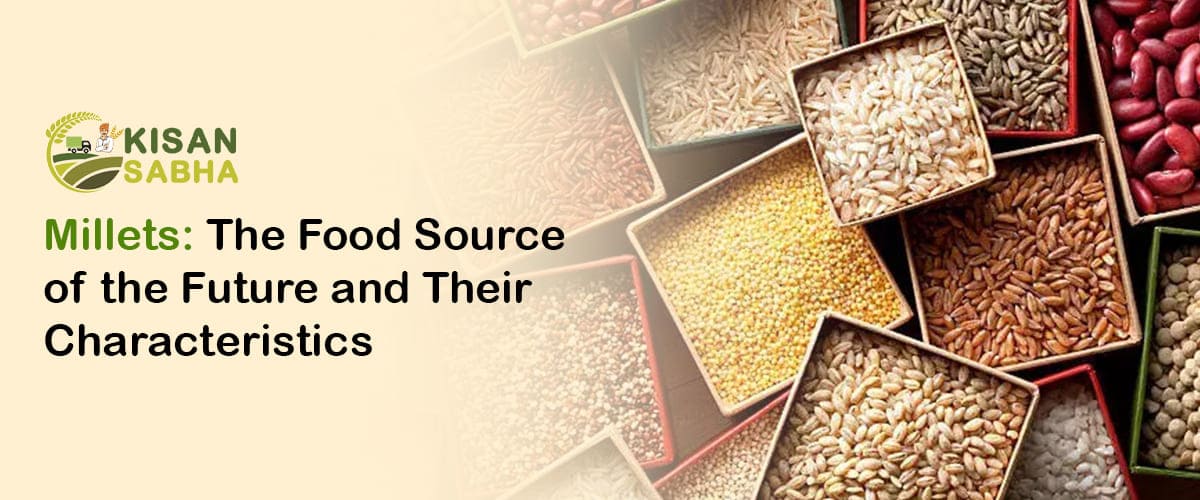Millets provide several health advantages, including lowering cholesterol and blood sugar. Additionally, they are gluten-free, allowing those with celiac disease or gluten allergies to enjoy them. The Poaceae family, also known as the grass family, includes a variety of cereal grains known as millets.
It is extensively consumed in developing nations in Asia and Africa. Although millet looks like a seed, it has a comparable nutritional profile to sorghum and other grains. Because millets are gluten-free and contain high protein, fibre, and antioxidant concentrations, they have become more popular in the West. Everything you need to know about millets, including their nutritional content, Characteristics, and advantages is covered in this article.
Millets Characteristics and Varieties
Millets are a type of whole grain grown in India, Nigeria, and other Asian and African countries. They are ancient grains that are utilized for human consumption, livestock feed, and bird feed. It offers several advantages over other crops, including tolerance to drought and pests. They can also live in severe areas and on less fertile soil. These advantages arise from their genetic composition and physical structure, such as their small size and toughness. Although all millet types are members of the Poaceae family, they differ in colour, appearance, and species. This crop is also classified into two types: large and tiny millets, with major millets being the most popular or widely cultivated.
Sorghum (jowar)
In India, sorghum is popularly referred to as Jowar. Jowar, which is high in iron, protein, and fibre, can help lower cholesterol levels since it contains policosanols (a component of sorghum wax).

Ragi (Finger Millet) is a type of Millets
It is a healthier alternative to rice and wheat. Ragi is unquestionably a nutritional powerhouse. This gluten-free millet is high in protein and amino acids and is beneficial to the brain development of growing children.
Foxtail Millet
Foxtail millet contains blood sugar-balancing carbs and is widely available in the form of semolina and rice flour. The presence of iron and calcium in this millet aids in immune building.
Pearl Millet (Bajra)
This millet is well-known for its plethora of health advantages. This millet is high in iron, protein, fibre, and minerals like calcium and magnesium, and can be consumed or included in your diet daily.
Barnyard Millet
This nutrient-dense millet has a high fiber content that can successfully aid in weight loss. It is high in calcium and phosphorus, which aid in bone formation, and its regular consumption aids in the prevention of bone ailments.
Proso Millet
This millet can help to regulate blood sugar levels. Its low glycemic index has made it popular among dieters.
Also Read:- Why Do Farmers Apply Fertilizers? It’s Benefits
Advantages of Millets
Millets are high in minerals and plant components. As a result, they may provide many health benefits.
High in Antioxidants

Millets are high in phenolic compounds, including ferulic acid and catechins. These molecules function as antioxidants, protecting your body from dangerous oxidative stress. While all millet kinds contain antioxidants, those with a darker colour, such as finger, prose, and foxtail millet, have more than their white or yellow counterparts.
Aid in the Regulation of Blood Sugar Levels
Millets are high in fiber and non-starchy polysaccharides, two forms of indigestible carbohydrates that help manage blood sugar levels.
This cereal also has a low glycemic index (GI), which means it is unlikely to cause a surge in blood sugar levels. As a result, millets are an excellent grain for diabetics.
Assist with Cholesterol Reduction
Millets contain soluble fiber, which creates a thick material in the digestive tract. As a result, lipids are trapped and cholesterol levels are reduced. Furthermore, millet protein may aid in cholesterol reduction.
It is Suitable for a Gluten-Free Diet
Millets are a gluten-free grain, making them a feasible option for persons suffering from celiac disease or following a gluten-free diet. They’re high in antioxidants, fiber, and protein. They may reduce cholesterol and blood sugar levels in particular.
Millets Aid in Good Digestion
Millets, which are high in fiber, produce a nutritious cereal that can aid digestion and reduce gastrointestinal problems. It helps with gastrointestinal issues and can aid with other liver and renal illnesses. It may also assist in lowering the risk of colon cancer. Including noni juice and black grapes in your everyday diet can help you avoid cancer.
Aids in the Detoxification Process
Millets contain components such as curcumin, ellagic acid, Quercetin, and catechins, which aid in the removal of external agents and free radicals as well as the balance of enzymatic reactions in the body. These can organically cleanse the blood.
Conclusion
Millets are whole grains that are high in protein, antioxidants, and minerals. They may offer a variety of health benefits, including lowering blood sugar and cholesterol levels. They’re also gluten-free, making them a perfect choice for anyone with celiac disease or who follows a gluten-free diet. They’re worth a try because of their nutty flavour and adaptability.




